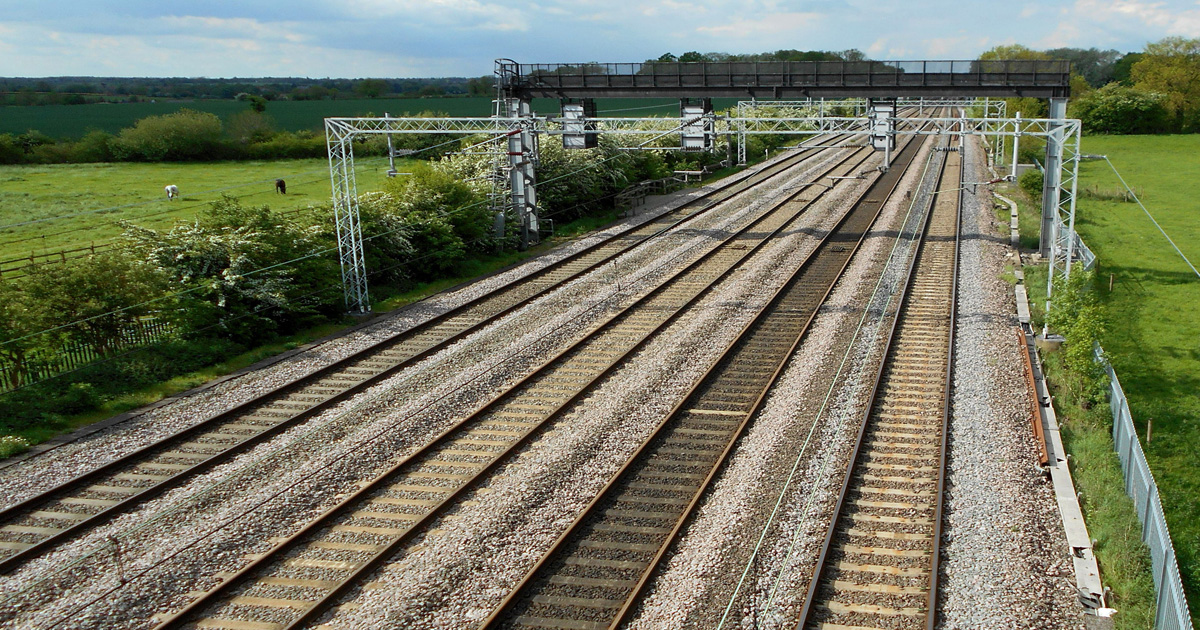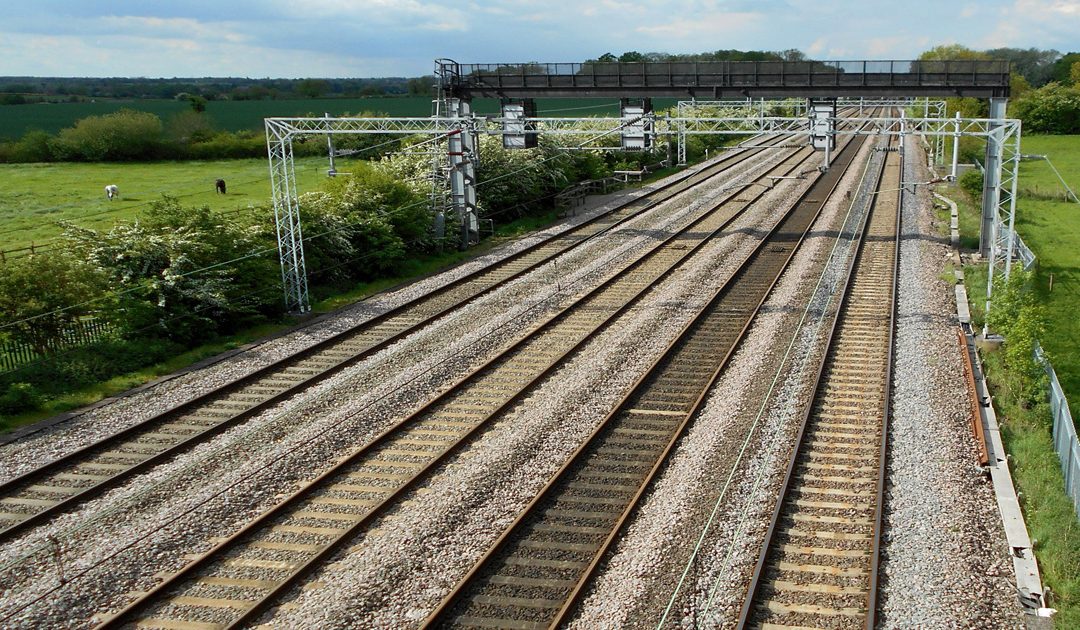
7) The relevance of public benefit
This is the seventh in a short series of posts which assesses the consequences of the judgment of Leggatt JSC in Fearn v. Tate Gallery Trustees [2023] UKSC 4 [2023] 1 WLR 339. Leggatt JSC’s majority judgment elevated a variety of themes conventionally used to determine what is a nuisance into a set of applicable ‘principles’. These posts are a summary of those principles.
Post (1) was a historical examination of case law which showed that the current notion of the “threshold” test is no lower than it was when it was originally established in Walter v. Selfe (1851). Post (2) explains that whilst “threshold” is an objective test, it is also adapted by judges to reflect individual reactions to different nuisances. Post (3) was concerned with the scope of the tort of private nuisance, given that this is a tort protecting land rights. Post (4) considered the counterintuitive fact that “coming to” a nuisance is not a defence. Post (5) discussed the key concepts of “unreasonable use”, “reasonable user” and reciprocity, and also demonstrated that the use of “best practicable means” is no defence. Post (6) showed that the abnormally sensitive structure of a building will not normally absolve a tortfeasor, if the use of the defendant’s land is an ‘ordinary’, rather than a ‘special’, use.
It is sometimes suggested by a defendant that its activities should be absolved from a claim in nuisance because its activities are for the wider public benefit. There was the suggestion of such a defence on the part of the Tate Gallery in Fearn.
Leggatt explains in his judgment that such a plea is irrelevant to liability, because a claim in private nuisance is a claim concerning the violation of real property rights (judgment, para.121).
On the other hand, the wider public benefit may be relevant when it comes to remedy, a theme taken up in Lawrence v. Fen Tigers (2014). See para.122: “Property rights are not absolute. There are circumstances in which they may be subordinated to the general good of the community – a classic example being the expropriation of land needed for a major infrastructure project. But it is fundamental to the integrity of any system of property rights that, in any such case, the individuals whose rights are infringed or overridden receive compensation for the violation of their rights. In other words, the public interest may sometimes justify awarding damages rather than granting an injunction to restrain the defendant’s harmful activity, but it cannot justify denying the victim any remedy at all”.
To end this series of posts, it is worth citing a lesser-known extract from the judgment of Bramwell B in Bamford v. Turnley (1862), in which, as Leggatt JSC rightly said, he surely showed that he was ahead of his time: “Now, in the first place, that law to my mind is a bad one which, for the public benefit, inflicts loss on an individual without compensation. But further, with great respect, I think this consideration misapplied in this and in many other cases. The public consists of all the individuals of it, and a thing is only for the public benefit when it is productive of good to those individuals on the balance of loss and gain to all. So that if all the loss and all the gain were borne and received by one individual, he on the whole would be a gainer. But whenever this is the case, whenever a thing is for the public benefit, properly understood, the loss to the individuals of the public who lose will bear compensation out of the gains of those who gain. It is for the public benefit there should be railways, but it would not be unless the gain of having the railway was sufficient to compensate the loss occasioned by the use of the land required for its site; and accordingly no one thinks it would be right to take an individual’s land without compensation to make a railway.”
Gordon Wignall
23 May 2023
